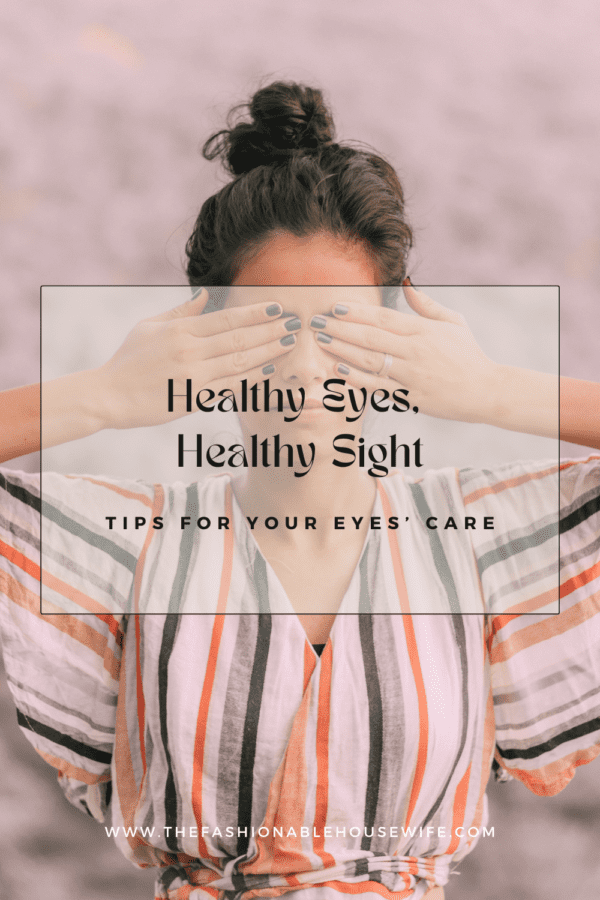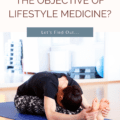
Many people are unaware of the necessity of maintaining regular eye care. Thus, contributing to future eye health difficulties and illnesses. The following article will offer helpful information on healthy eye practices, life cycles of the eye, common eye conditions and their prevention, and when expert eye care is required.
Habits for Healthy Eyes
Maintaining the health of your eyes is vital to your overall health. Implementing mindful daily patterns can help you protect and preserve your eyesight. You can keep enjoying the world’s beauty through a clear and vibrant vision for years if you include the following habits:
- Balanced Diet & Exercise: Having a well-balanced diet and finding time to exercise daily keeps your eyes healthy. Eat fruits and vegetables, especially leafy greens like spinach, kale, and collard. Some fish, such as salmon, tuna, and halibut, have also been proven to benefit your eyes.
- Control your diabetes: Diabetes can affect your vision if not controlled. Therefore, always keep watch on your blood glucose, blood pressure and cholesterol levels.
- Protect the eyes from UV rays: The rays from the sun can hurt your eyes. Always try choosing sunglasses that block 99% to 100% of UVA and UVB radiation. You can also avoid the sun’s rays with a hat if you do not have sunglasses.
- Protection from the dangerous environment: Wear the appropriate protective eye gear when playing sports or in a dangerous environment.
- Avoid smoking: Smoking is terrible for the rest of your body and your eyes. It can increase your risk of developing serious diseases such as Cataracts and Age-related macular degeneration (AMD).
- Avoid Screens: Your eyes can get tired and worn out when you spend much time staring at a screen. Try to always take breaks from the screens to rest your eyes.
By starting these habits, you can improve your eye health.
Life Stages of Your Eye
As the body grows, your eyes age and can become more prone to certain things.
- One year old: The first year of your eyes is like going through 10 years because of the development. It’s not strong when you are first born, but babies start to coordinate the focus throughout the months and make two images become one.
- 10 years old: The first decade of the eye ranges from toddler to child. Here, the vision becomes more focused. It’s always important to schedule an appointment with your child’s pediatrician if anything suspicious needs to be analyzed.
- From 10 to 20 years old: During these years, individuals with Astigmatism may detect it. Astigmatism vision loss is most likely to show itself while switching focus between near and far. For example, taking notes and looking back up to and from the classroom board. Unfortunately, if you don’t need glasses from Preschool till Secondary school, it doesn’t mean you don’t need glasses. Many individuals realize they need glasses during college.
- From 20 to 50 years old: it is when the mindful habits above truly matter because they become linked with vision issues. Your blood pressure, lack of sleep, diet, and so on affect your vision.
With that in mind, annual eye exams are crucial for eye health. Getting checked can catch anything prone to worsening or relieve you from straining your eyes from not having the correct glasses. Farsightedness is a natural age-related change occurring in a hardening lens. Therefore, if your vision was good before the age of 50, you might only need glasses for reading.
Common Eye Problems and How to Prevent Them
Being mindful of your eye health is important to prevent eye diseases that cause discomfort and implications.
Many individuals are affected by these common eye problems:
- Dry eyes: This occurs when your eyes do not produce enough tears to keep them moist or when the tears do not function properly. This might cause discomfort in your eyes and, in some circumstances, visual difficulties.
- Chalazion (Meimbomian cyst): A small cyst or lump developed because an eyelid’s oil gland, also known as the meibomian glands, has been blocked. They’re prevalent on the upper eyelid and are sometimes called meibomian cysts or tarsal cysts. Note: It’s not painful nor a stye but can form because of one.
- Cataracts: It’s a clouding of the eye’s typically clear lens. Cataract patients compare seeing through clouded lenses to gazing through a frosty or fogged-up window. Cataracts can cause cloudy vision, making it difficult to read, drive a car (especially at night), or see the expression on a friend’s face.
- Glaucoma: A group of eye conditions leading to optic nerve damage. The optic nerve carries visual information from the eye to the brain, vital for good eyesight. High eye pressure is frequently associated with optic nerve damage. However, glaucoma can develop even with normal eye pressure.
When to Seek Professional Care
When you experience symptoms such as red eyes, sensitivity to light, eye pain, headaches, and vision changes (clouded or blurry vision, difficulty with night vision, or double vision), it is crucial to seek professional eye care as soon as possible.
Getting regular eye exams is necessary. Identifying and addressing potential underlying issues, like these symptoms, might suggest eye conditions or diseases requiring specialized treatment. Ignoring such signs may worsen eye health and cause irreparable vision loss.
Conclusion
Following this guide will help you be more informed about your eye health and take proactive steps to preserve your vision at every stage of life. Moving forward, you can have a clearer, brighter future for your eyesight.







